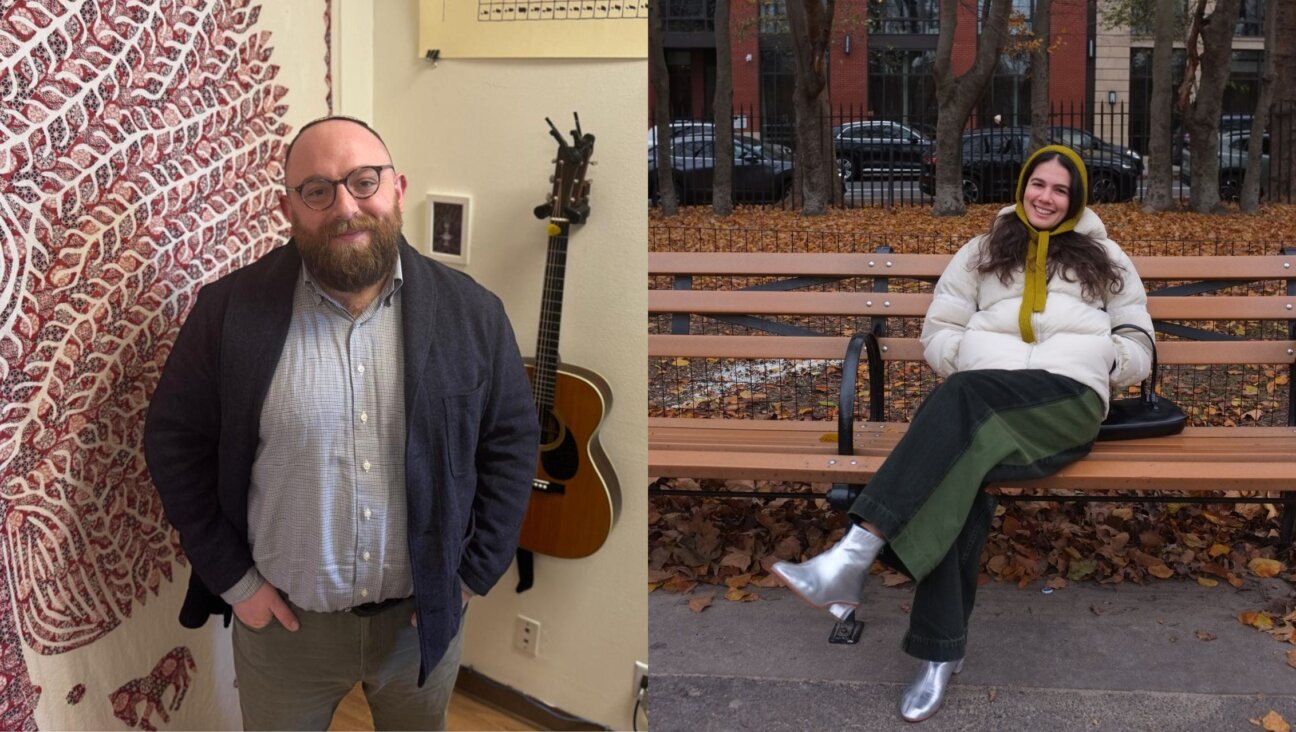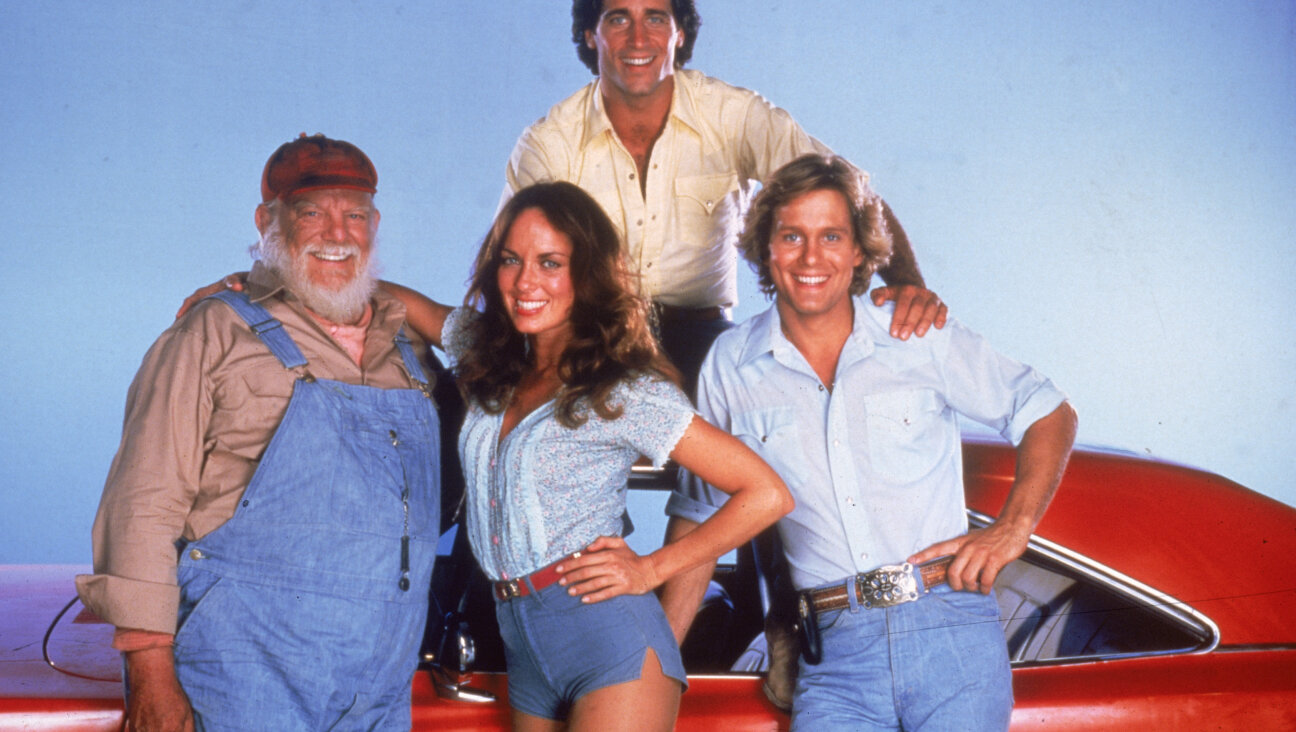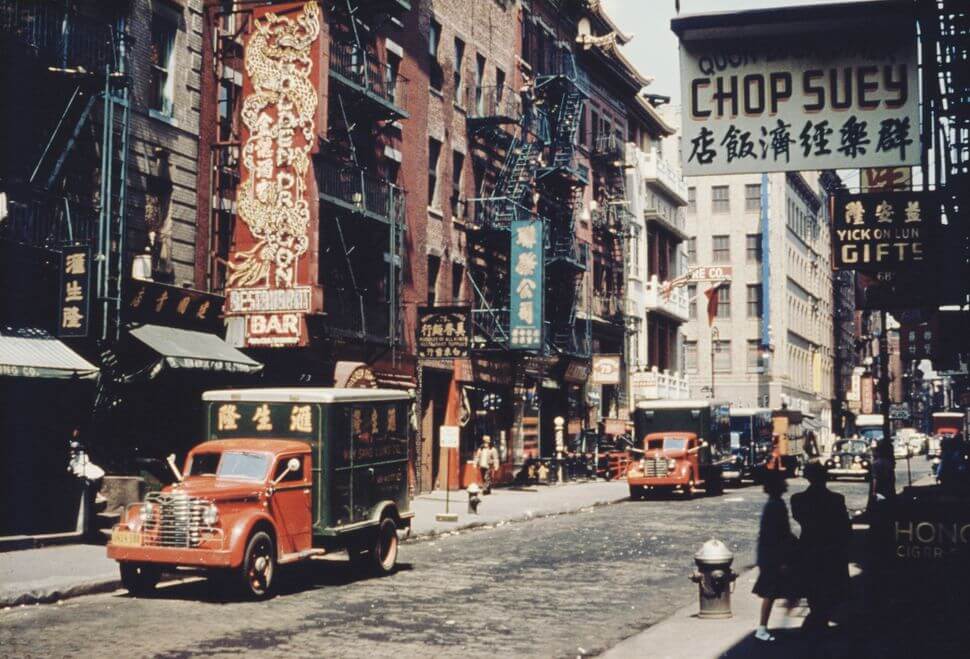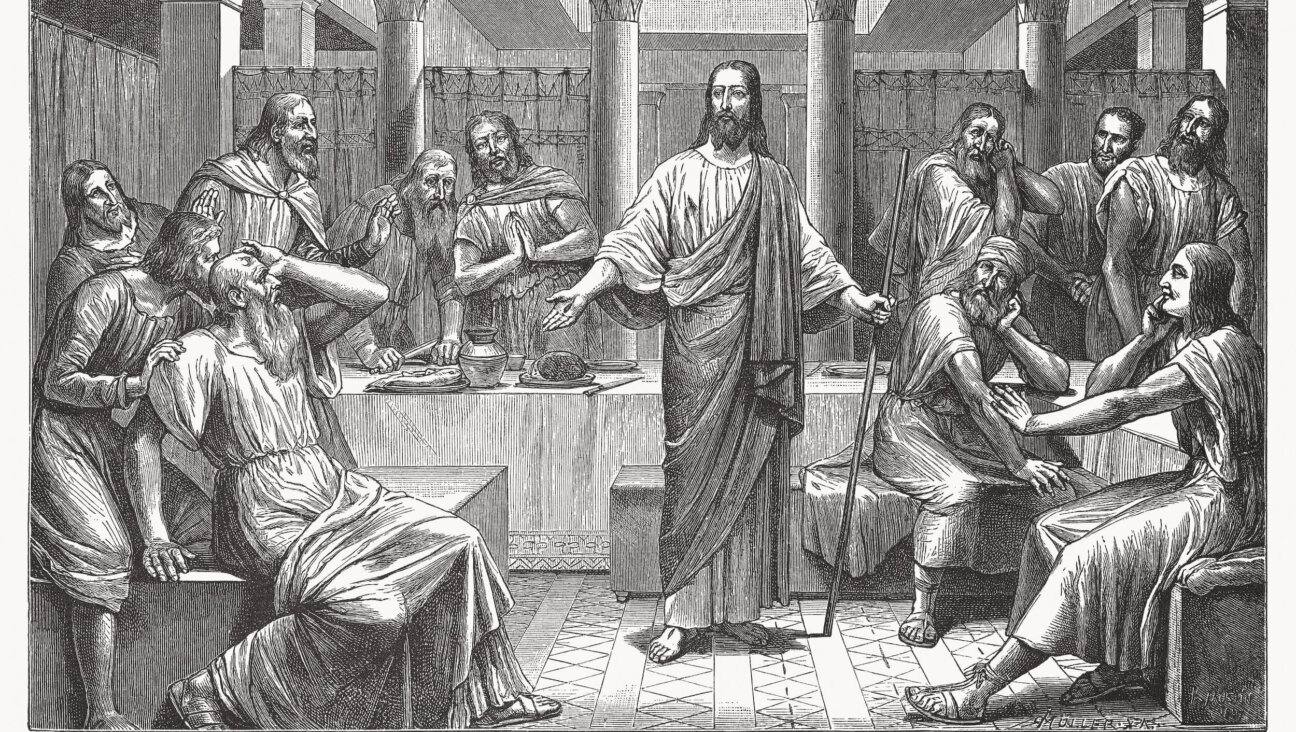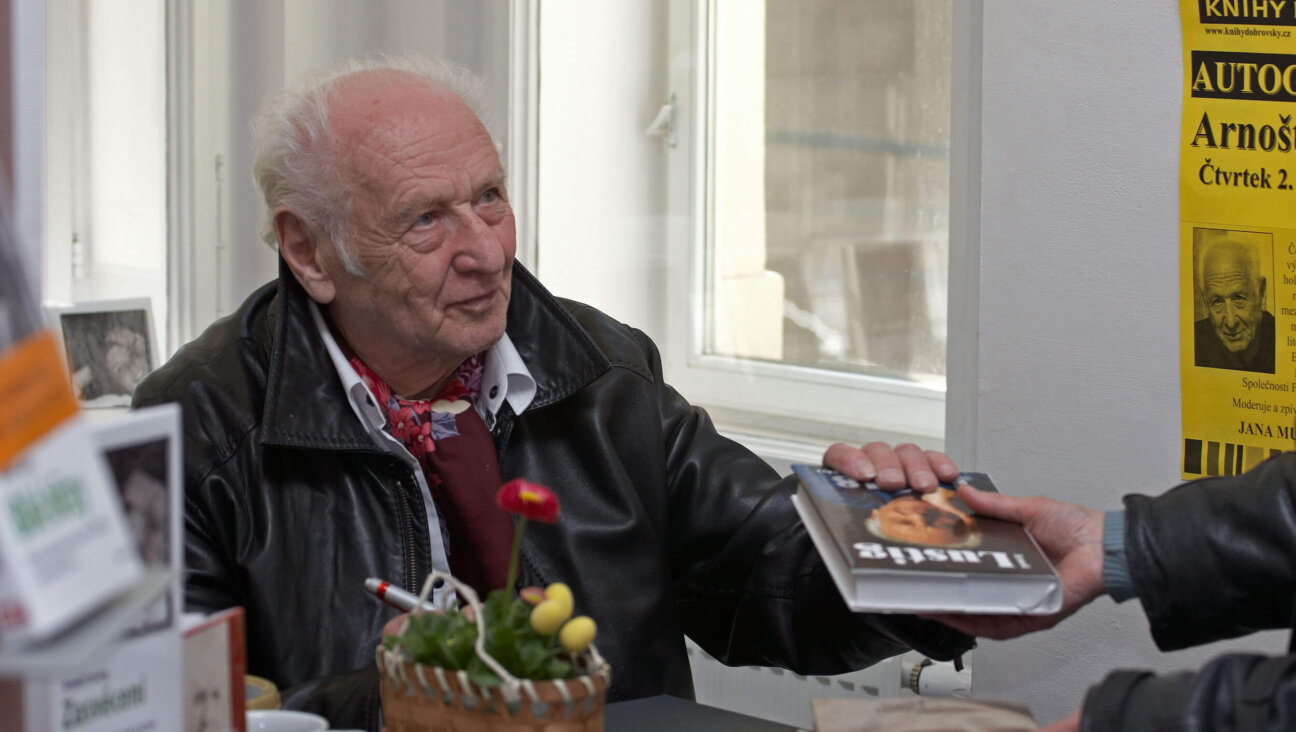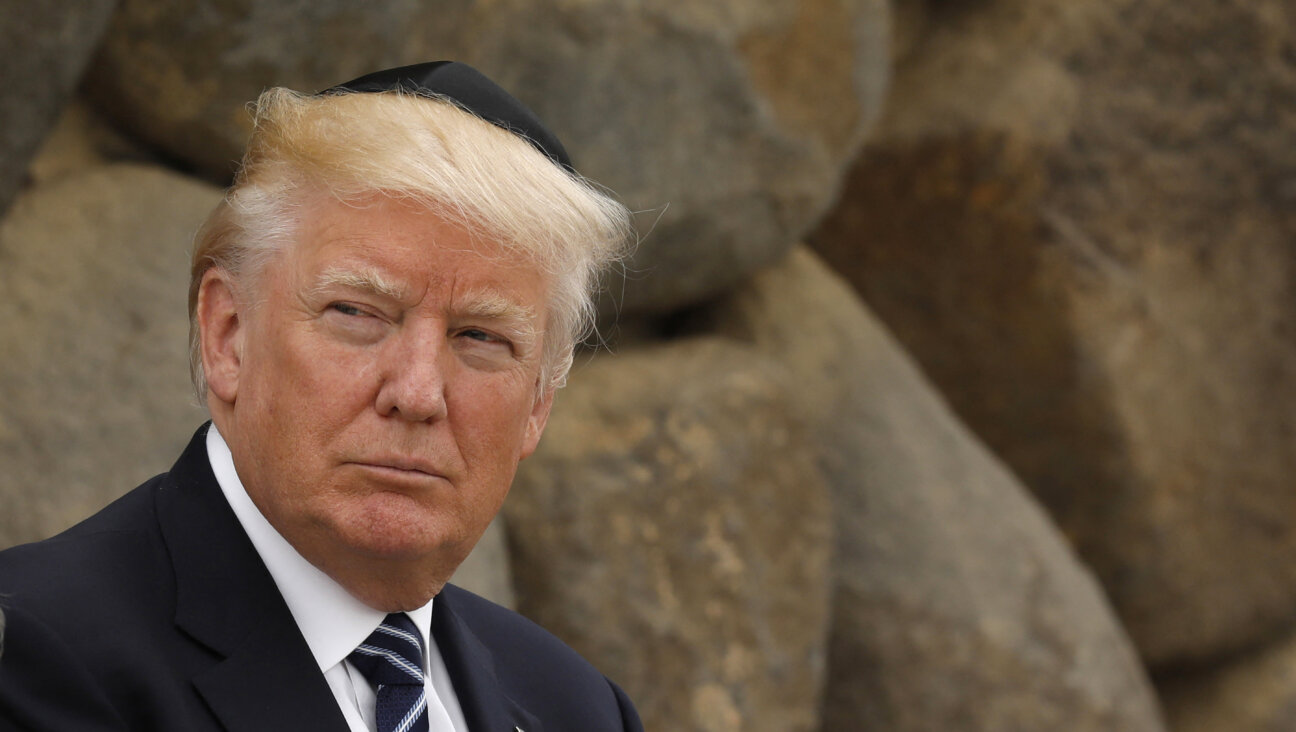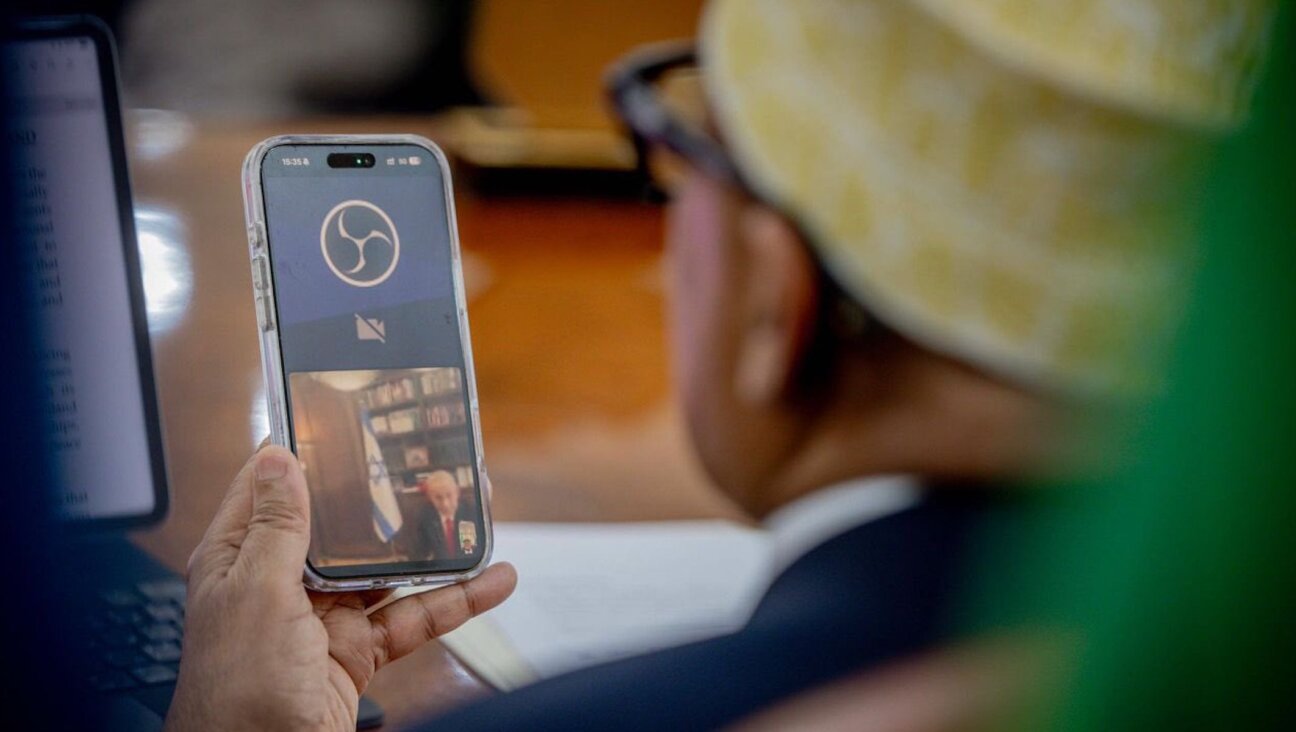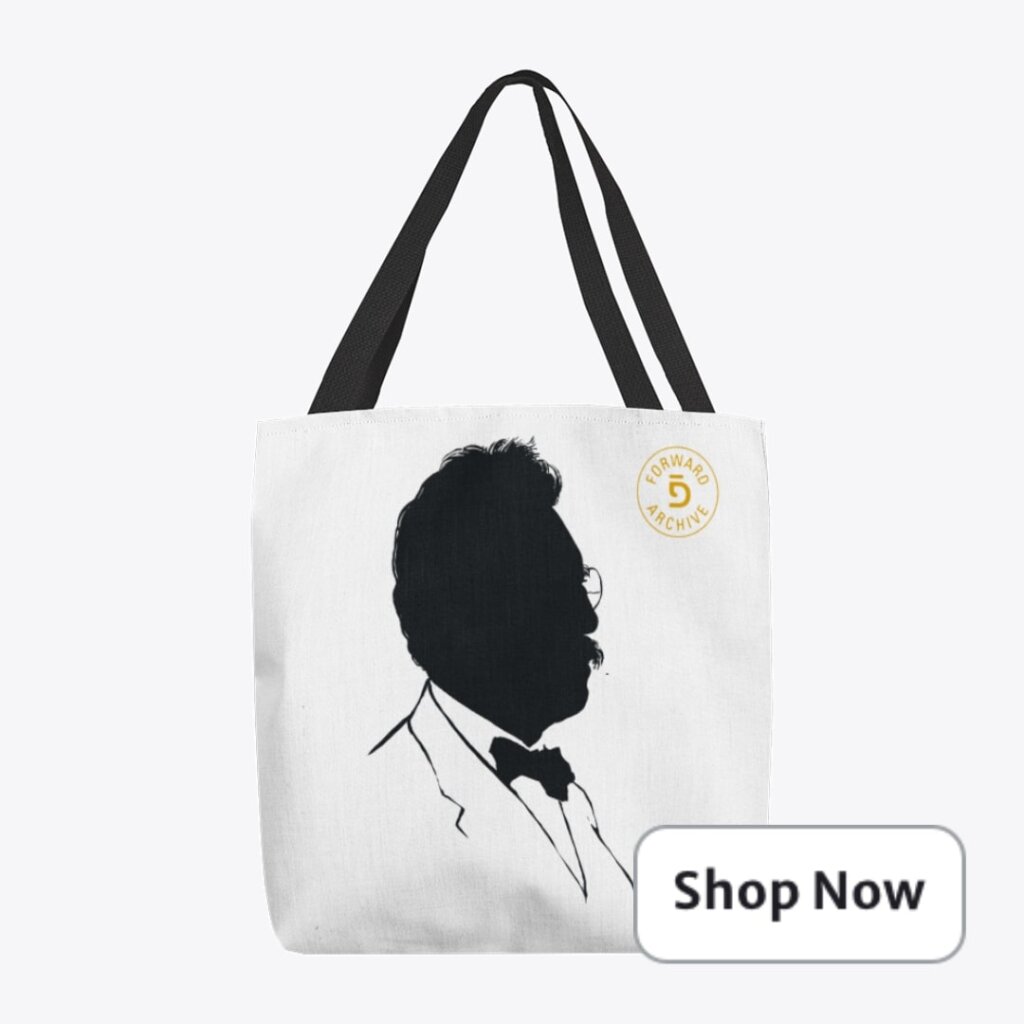This Jazz Age nightclub launched Rudy Vallée, silenced a Jewish tenor — and hosted boozy prohibition soirées with Amelia Earhart
The Heigh-Ho was co-founded by George Palmer Putnam who fell hard for America’s most beloved aviator
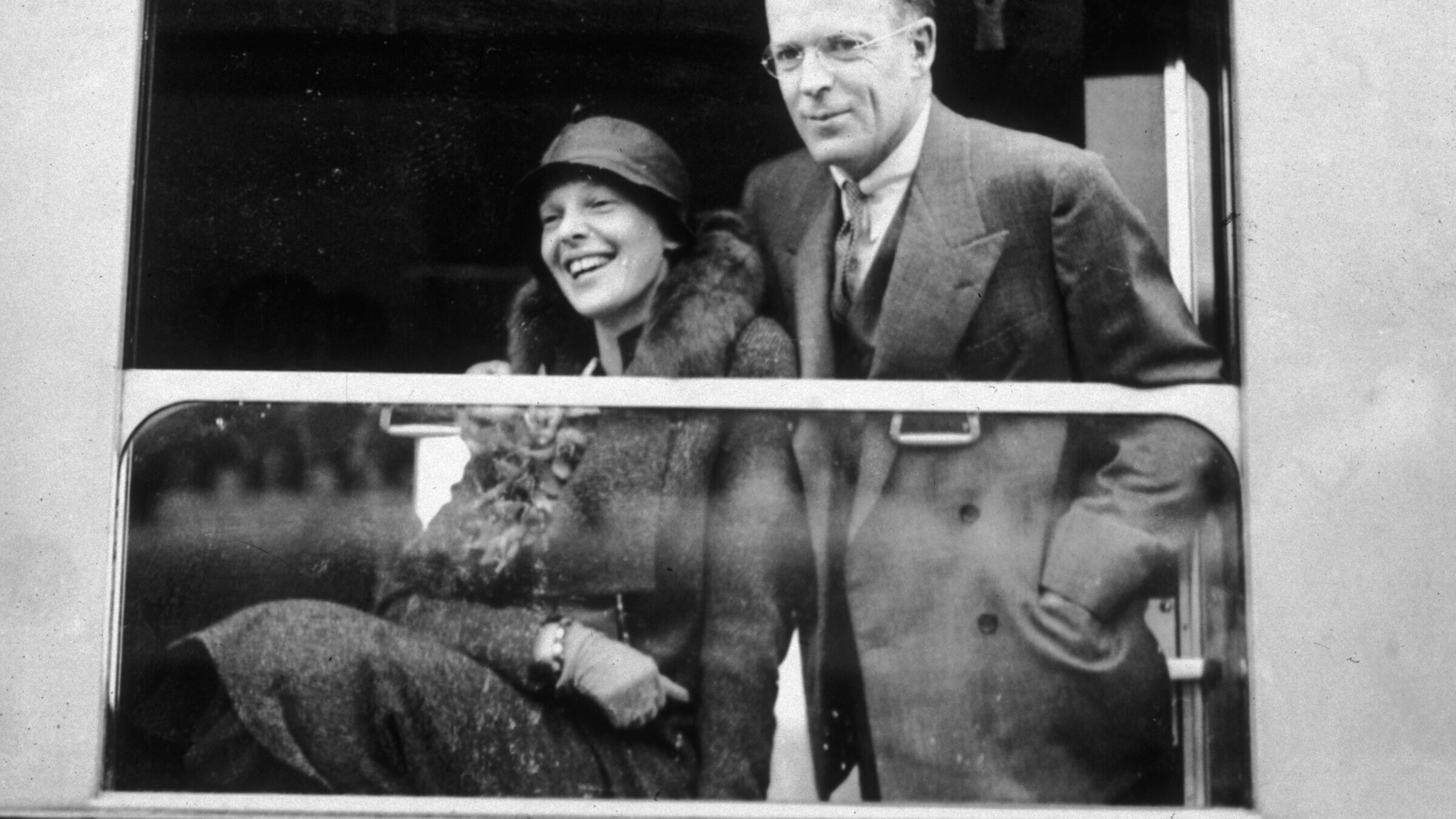
Amelia Earhart and George Palmer Putnam traveling together through France. Photo by Getty Images
This essay has been adapted from the research behind Laurie Gwen Shapiro’s book The Aviator and the Showman: Amelia Earhart, George Putnam, and the Marriage That Made an American Icon. (Viking)
New York City, January 1928. Peak Jazz Age. Banjos were hot, bootlegger Buicks idled outside, and inside a newly opened swank boîte just off Park Avenue, a boy with Yale-ish cheekbones clutching a saxophone and a megaphone like it was a life raft. Rudy Vallée, nerves jangling, was about to sing for the first time.
The job wasn’t meant for him.
That slot was reserved for a short, pop-eyed 28-year-old Jewish Bronx tenor named Jules De Vorzon, a trained vocalist with a Broadway belt and a gold tooth that caught the light just so. But De Vorzon had a problem. Too much Bronx. Too much gleam. Too Jewish.
Captain Don Dickerman — whose flamboyant, nautical attire earned him the playful title — took one look and vetoed him. Not for this place.
Putnam and the pirate
The Heigh-Ho Club was the fever dream of two spectacle-chasing insiders: George Palmer Putnam — a Harvard drop-out with a famous name, a Crayola fortune (via his heiress wife Dorothy Binney), and a not-so-secret affair with rising star and future wife number two Amelia Earhart — and his most flamboyant friend, Don Dickerman, a pirate-shirted impresario who once roomed with Norman Rockwell and built a mini-empire of downtown theme clubs that turned nightlife into theater.
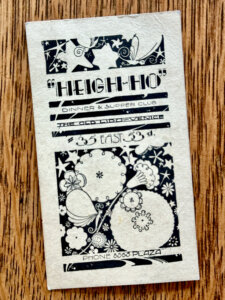
Years before Planet Hollywood or the Hard Rock Café, Dickerman pioneered what he called “personality restaurants.” His first Village venture, The Pirate’s Den, opened in 1916 in a Washington Place basement. Patrons entered past a coffin and were served by waiters in fake mustaches and cocked hats who carried dirks in their teeth. The house bird was reportedly a 100-year-old macaw named Robert. The house cocktail, a 60-cent Black Skull Punch, was dry, chaotic, and wildly popular among slumming uptowners and thrill-seeking tourists alike.
When the Den burned down in 1920, Dickerman doubled down, opening a larger version at 8 Christopher Street. He soon presided over a growing empire of themed clubs: the Blue Horse, housed in a former Christian Science church, where diners ate in horse stalls beneath hay-dusted waiters in overalls; the Village Barn, where square-dancing patrons spun past yodeling farmhands and nightly turtle races; and the County Fair, inspired by Maine’s Fryeburg Fair, with a racetrack dance floor, fluttering silk flags, manufactured breezes, and a rooster named Gus who dutifully strutted across the stage.
Dickerman zoomed between them in a rented ambulance, sirens blazing, stretched out in full pirate garb.
From parrots to Park Avenue
By late 1927, Dickerman, then 44, was ready to go uptown. He pitched the 39-year-old Putnam — who had his 39-year-old wife’s crayon money, cachet, and a promotional streak. The idea: a high-class dry club. Prohibition was still in effect, and Putnam had no interest in scandal. Officially, the Heigh-Ho would serve no liquor.
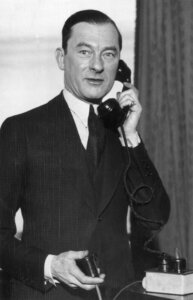
Unofficially, Dickerman had a workaround. “Books,” a Prohibition-era slang term for bootleg booze, were discreetly delivered to favored guests. Among the club’s frequent visitors was Amelia Earhart, whose blossoming relationship with Putnam brought her to the Heigh-Ho’s glittering evenings. Haunted by memories of an alcoholic father, she never drank — but as Putnam’s secret lover, she navigated the club’s intoxicating glamour without a sip.
The same could not be said of regulars like slugger Babe Ruth and flamboyant mayor Jimmy Walker. The co-owners called in favors with their considerable connections, and both Ruth and Walker spent nights on the house. Walker, with his toothy grin and deep affection for Manhattan nightlife, wet or dry, never lacked access. When the Heigh-Ho touted itself as dry, he still got the good stuff slipped to him discreetly. (“A reformer is a guy who rides through a sewer in a glass-bottomed boat,” was one of his oft-quoted lines from the era.)
They leased 35 East 53rd Street, the old Lido-Venice location, just down the block from the Stork Club. They chose a name with old English flair: the Heigh-Ho Club. A German doorman in a long officer’s coat greeted guests with a crisp “Heigh-Ho!”
Inside, all was polish and pretense. Marine murals in gold and silver leaf — painted by Dickerman himself in homage to their friend, naturalist William Beebe — lined the shimmering walls. Tuxedoed guests dined beneath a cobalt ceiling. Men received menus with prices; women received menus without. One early reviewer called it “Park Avenue with fish.”
But there was an ironclad rule: no Jews.
Like many elite venues in 1920s New York, the club enforced its gentiles-only policy without needing to post a sign. As one insider quipped, Jews need not dance. Maître d’ George Ott was a short, bowlegged polyglot known for having “no scruples and being good at his job.” He enforced the door policy. Sundays, a night traditionally open to Jewish patrons elsewhere, remained closed.
Putnam’s views were complicated. He published iconic Jewish authors like Anzia Yezierska and worked alongside Jewish colleagues. But his social world — like that of many progressive WASPs — had velvet-rope limits. There were no Jewish hires at G. P. Putnam’s Sons, nor at other old-money publishing houses like Doubleday. But that’s another story.
The Heigh-Ho officially opened on New Year’s Eve, 1928. And flopped.
Lipstick trouble at the Heigh-Ho
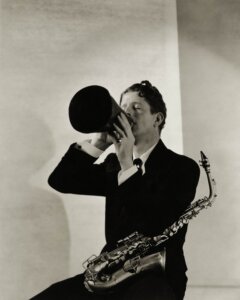
Antisemitism reared up again when The New Yorker’s nightlife columnist, “Lipstick” — the pseudonym of sharp-tongued flapper intellectual Lois Long — was not impressed. Her verdict: the band was “too Jewish,” the floor “too rough.” The irony landed hard. Long’s barb, tossed off with trademark insouciance, echoed through a club that quietly but rigorously enforced a gentiles-only policy. She was Vassar-educated, the daughter of a minister, a modernist icon with real sway over the city’s nighttime scene.
Panicked, Dickerman and Putnam turned to Bert Lown, a part-time bandleader and low-key talent scout, who suggested they try his friend Rudy Vallée. Vallée had the look — Ivy League angles and earnest eyes — and while he wasn’t exactly a singer, Lown figured that part could be massaged. Vallée arrived for the audition with a saxophone, a megaphone, and Jules De Vorzon in tow to help on vocals.
Dickerman winced. Hadn’t they already said no Jews? Didn’t anyone get the memo?
Vallée, desperate to salvage the audition, blew a few notes on his baritone sax, reached for a megaphone hidden in the bell, and sang softly into the room: “To hold her hand and then it’s ten to one… you kiss her in the rain, rain, rain.”
It worked.
The next night, he returned to the Heigh-Ho with a newly assembled band. He debuted under the name Rudy Vallée and His Yale Collegians. But when actual Yale men in the crowd bristled — the musicians weren’t from Yale, nor were they particularly collegiate — Vallée quietly rebranded the group as Rudy Vallée and His Connecticut Yankees. The name would stick.
America’s first pop star
The band’s debut drew fewer than 15 guests. Behind the drummer stood another Dickerman flourish: a live white cockatoo trained to raise its crest on cue.
Still, the band struggled. Then, in February, Lown struck a deal with WABS, a small station broadcasting from Steinway Hall. They couldn’t afford an announcer, so Vallée introduced the set himself: “Heigh-Ho, everybody — this is Rudy Vallée!”
He crooned. He gossiped. He delivered monologues like a shy professor with a Coolidge-era twang. “At the microphone he is truly a romantic figure… he pours softly into the radio’s delicate ear a stream of mellifluous melody,” one 1929 profile observed. Listeners swooned. The band was picked up by WOR, then WMCA. Vallée’s stardom soared. Crowds lined up outside the club.
But many didn’t pass the dress code — or the quota.
According to Vallée, George Ott, the maître d’, began letting in patrons who didn’t pass the initial test. “As long as Dickerman didn’t come over in his ambulance and see the Jews,” he said later, “they were safe.” The musicians, most of them working-class, preferred mixed crowds anyway. They wanted people who danced.
Exit Vallée, enter Amelia
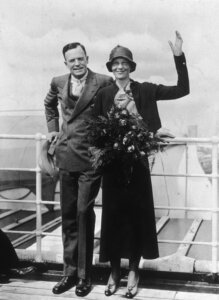
By June 1928, even as Vallée’s star rose, Putnam’s ambitions and affections were increasingly consumed by Amelia Earhart, just shy of her 31st birthday and fresh off her celebrated Atlantic crossing as the first woman passenger. That summer, the Heigh-Ho closed for the season. Vallée played gigs in Westchester and Long Island.
When the band returned that fall, there was no raise. They were now receiving 50,000 fan letters a week — but no bonus.
Dickerman, returning from Cuba with visions of new ventures, saw Vallée’s packed houses not as success but as a loss of control, and promptly fired him.
Three weeks later, Vallée had a new residency. The club rebranded itself The Villa.
Putnam, by then fully entangled with Amelia and trailed by whispers, had Dorothy host a dinner party at the Heigh-Ho that December. Still, technically, his wife—and the mother of his two young children—Dorothy Binney Putnam may have been pressured to protect her financial stake, or perhaps she wasn’t quite ready to give up her seat at the table. Whatever the calculus, she played the gracious hostess. The guest list was pure Jazz Age theater: Roy Chapman Andrews, Osa and Martin Johnson, Lady Mary Heath, and Merian C. Cooper.
By the following summer, the Heigh-Ho closed for good. The crash was coming. Dickerman was broke. Putnam was sued by a former friend. Vallée was now commanding $15,000 a night.
He may have even been flown to the Shoreham Hotel in Amelia’s plane.
Who got to be heard
Jules De Vorzon, the Jewish tenor turned away at the door, faded into obscurity — though his son, Barry De Vorzon, went on to find fame as a composer and songwriter, best known for penning the theme to The Warriors and co-writing hits like “Nadia’s Theme” and “Bless the Beasts and Children.”
Rudy Vallée, the WASP kid with the megaphone, became the voice of a decade.
The Heigh-Ho vanished, leaving behind only echoes: a Jazz Age lesson in exclusivity, pirate theatrics, and the carefully curated spectacle that launched a new kind of American celebrity. Behind the scenes, it also intertwined with Amelia Earhart’s soaring fame.
In the end, it is a story about exclusion — about who got to speak into the microphone, and who was told, before the music started, to sit this one out.
